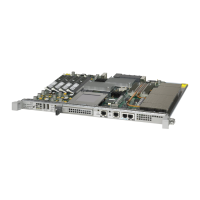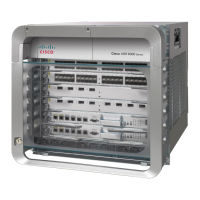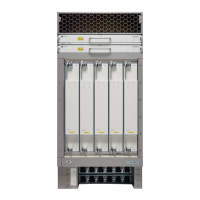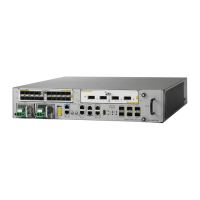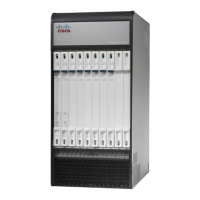6-3
Cisco ASR 1000 Series Aggregation Services Routers Software Configuration Guide
OL-16506-10
Chapter 6 Broadband Scalability and Performance
IP Sessions Scaling
IP Sessions Scaling
The ASR 1000 Series Routers can be deployed as an IP session aggregator. The maximum number of IP
sessions that can be supported depends on the hardware combination.
Table 6-2 lists the hardware
combination and the maximum number of IP sessions that are supported.
The session limits apply to all variety of IP session initiators: DHCP, unclassified Mac address,
unclassified IP, and RADIUS proxy.
Note RP1 with 2GB DRAM is not recommended for IP sessions deployment.
Layer 4 Redirect Scaling
The ASR1000 supports the ability to redirect IP traffic within an ISG traffic class. Layer 4 redirect
scaling is performed by the Quantum Flow Processor (QFP). The scaling limits are dependent on the
ESP.
Table 6-3 lists the ESP and the default per-session limit.
Configuring the Cisco ASR 1000 Series Router for High
Scalability
The Cisco ASR 1000 Series Routers provide powerful performance and scalability for embedded
services.
To achieve maximum scaling on the 1001, 1002, and 1004 chassis, IOS software redundancy must be
disabled. For more information about restrictions and limitations, see the
“Restrictions for PPP Sessions
and L2TP Tunnel Scaling” section on page 6-2.
Ta b l e 6-2 Maximum Number of IP Sessions Supported on ASR 1000 Hardware
Chassis RP ESP IP Session ISG Traffic Class
1001 Integrated ESP-2.5G or ESP-5G 8000 24000
1002 Integrated RP1 ESP-5G 12000 36000
1004, 1006 RP1 ESP-10G or ESP-20G 24000 72000
1004, 1006, 1013 RP2 ESP-20G or ESP-40G 32000 96000
Ta b l e 6-3 Maximum Number of Per-Session Limit Per ESP
ESP L4 Redirect Translations Default Per-Session Limit
ESP-2.5G 256K 128
ESP-5G 256K 128
ESP-10G 512K 128
ESP-20G 1 Million 128
ESP-40G 1 Million 128

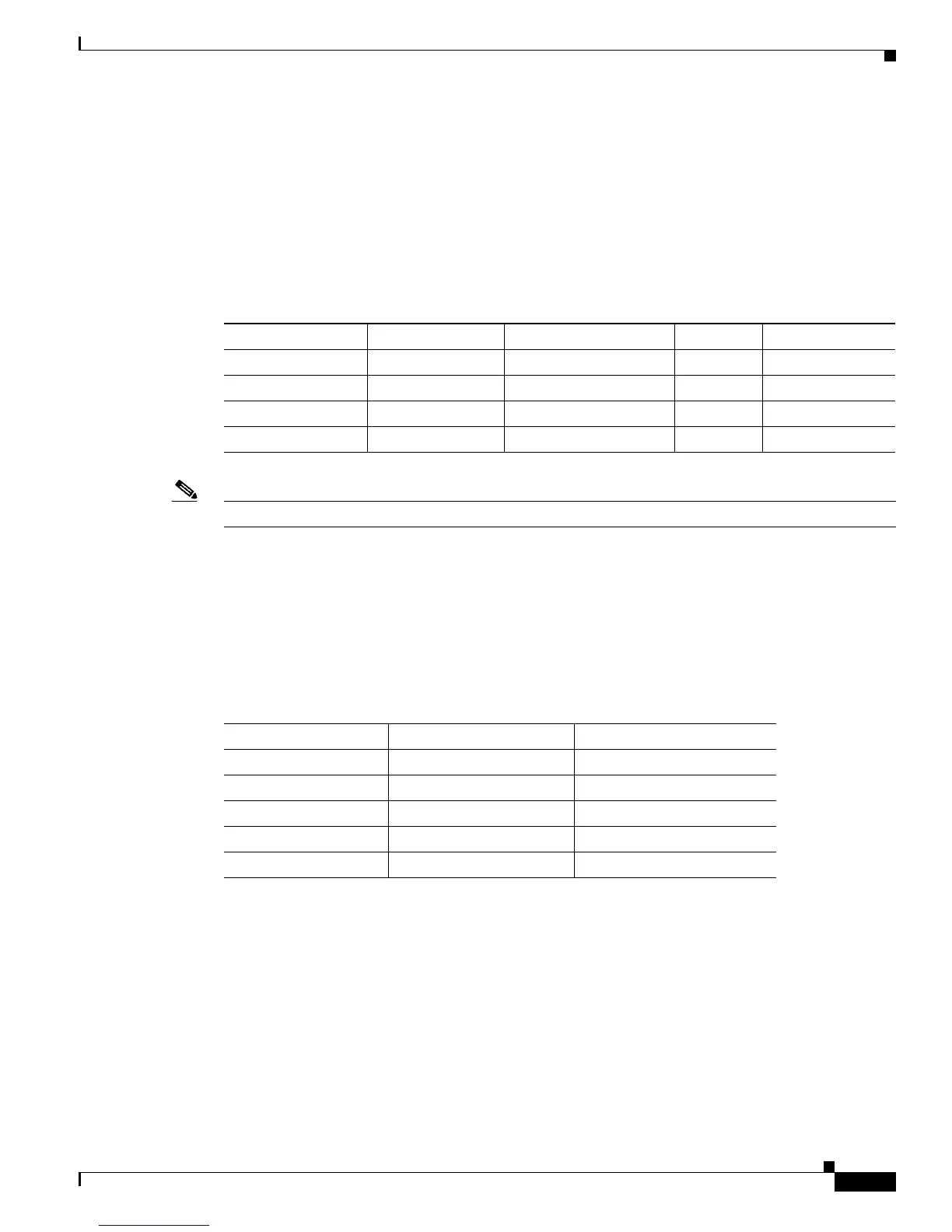